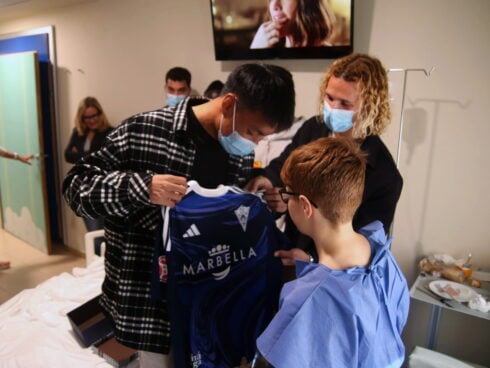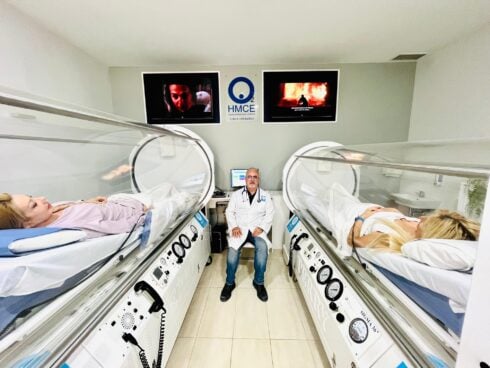SPAIN’S beaches have claimed five lives in just one week, highlighting what medical experts describe as a ‘silent epidemic’ that kills between 400 and 600 people annually across the country.
The deaths underscore warnings from Spain’s Society of Emergency and Urgent Medicine (SEMES), which has highlighted dangerous misconceptions about drowning.
Contrary to popular belief, drowning is neither noisy nor visible, experts warn. The process is rapid, silent and difficult to detect, typically occurring in less than two minutes.
READ MORE: British tourist falls five metres to his death in Mallorca
“We keep expecting someone to shout for help when they’re drowning, but it’s a quick, silent process that’s hard to spot,” explains Roberto Barcala, coordinator of the SEMES lifeguarding working group.
“It takes the same time as answering a phone call, brushing your teeth or scrolling through a couple of social media posts.”
Spain’s extensive coastline and water infrastructure pose a real danger.
The country boasts 3,551 beaches, 75,000 kilometres of rivers and 1.2 million registered swimming pools, exposing millions to the risk of drownings and other water-related dangers.
READ MORE: Beware Spain’s new traffic light radars – and the fines if they catch you running a red
The danger explodes during summer months, when nearly 75% of drownings occur.
For every fatal victim, experts estimate between three and five more people require urgent medical attention for water-related incidents, raising the annual healthcare impact to between 1,200 and 3,000 people.
Key risk factors for drowning revolve around children, including a lack of direct supervision – particularly during afternoon hours between 3pm and 6pm, – and mobile phone use while watching children.
Another red flag is quite literal – swimming when red flags are displayed.
People boozing before swimming, jumping from heights, and hiring boats without proper training also lead to deaths.
READ MORE: Man, 90, arrested on suspicion of murdering his 86-year-old wife in northern Spain
Many incidents might also involve false security from flotation devices or the mistaken belief that ‘everyone knows how to swim.’
The latest tragedies unfolded across multiple provinces, with three confirmed drownings and two other deaths still under investigation by authorities.
In Cantabria, divers recovered the body of a 23-year-old Senegalese man from Zaragoza on Sunday morning.
The victim had disappeared the previous day while swimming with a friend at Fuentes beach in San Vicente de la Barquera.
His body was found at the bottom of an algae-covered pool on the eastern side of the sandbank cliff, close to where he had entered the water.
His companion managed to escape and received medical attention.
The same province saw a second fatality when the body of a 65-year-old man from Miengo was discovered floating in the Mogro estuary on Sunday morning around 8.00am.
A woman found the body and alerted authorities. The Guardia Civil believes the victim had been taking a bath, as his belongings were found nearby.
In Cadiz, a 69-year-old man died after being pulled from the water at Valdelagrana beach in El Puerto de Santa María on Sunday.
Emergency services received the alert at 11.35am after the man was rescued following reports that he had felt unwell in the water. CPR was performed but ended in tragedy.
The United Nations General Assembly declared July 25th as World Drowning Prevention Day in 2021, with World Health Organisation backing, under the motto “Anyone can drown, no one should.” The resolution recognises drowning as a “silent epidemic with significant human, social and health costs.”
Medical experts recommend direct supervision of children under six, physical barriers around pools to limit unsupervised access, basic swimming lessons from an early age, and universal CPR training. For untrained rescuers, they advise throwing something that floats, reaching victims with poles or branches, and avoiding entering the water without proper experience.
Emergency nursing specialists play a crucial role in responding to these rapid, silent emergencies, not only providing frontline care but also leading prevention and health education efforts that can mean the difference between life and death.
Click here to read more Health News from The Olive Press.








